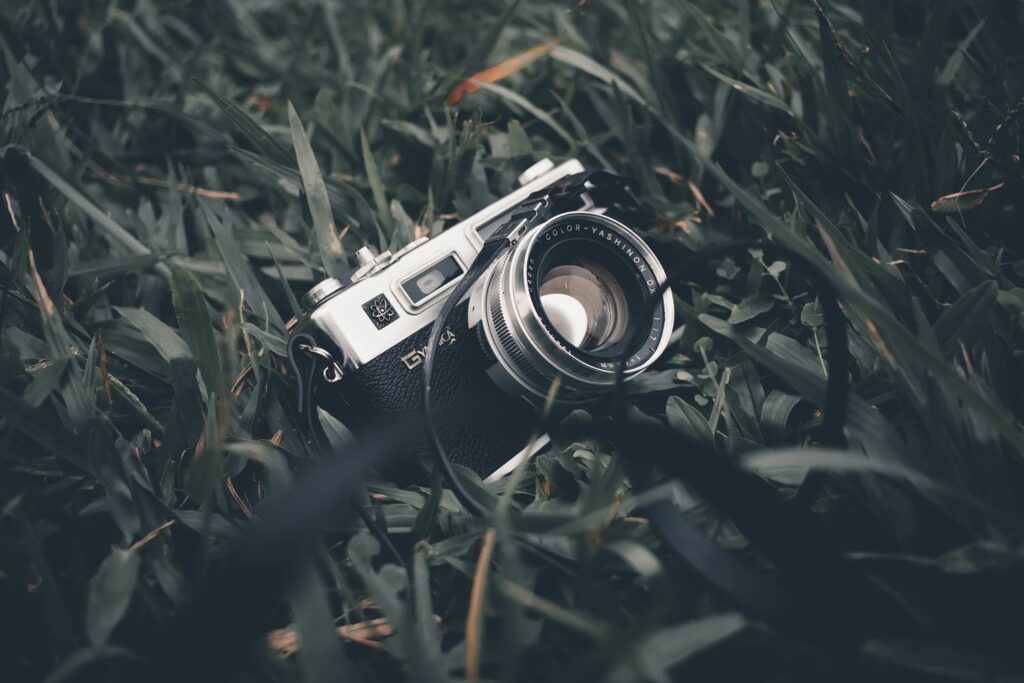
Basic Inner Workings of Camera
The Fundamentals of Camera Operation: Exploring the Inner Mechanisms
Cameras have become indispensable tools in capturing life’s precious moments, enabling us to freeze time and relive memories. Behind their external beauty lies a complex inner world of components and mechanisms that work harmoniously to create those stunning images.
At the core of every camera is the lens, responsible for gathering light and focusing it onto the image sensor. Lenses vary in focal length, aperture, and lens construction, offering photographers a versatile range of options to suit their creative vision.
The image sensor, often referred to as the “digital film,” is where the magic happens. This electronic device converts optical information into digital data, providing the foundation for the final photograph. Image sensors come in various sizes and types, such as CCD (charge-coupled device) and CMOS (complementary metal-oxide-semiconductor), each with its own strengths and drawbacks.
Behind the scenes, a powerful brain called the image processor handles the massive amount of data collected by the image sensor. This processor conducts essential tasks like noise reduction, color correction, and image compression, ensuring the resulting image is crisp and vibrant.
To capture that perfect shot, the camera needs to regulate the amount of light entering the lens using the aperture. The aperture is an adjustable opening that controls the diameter through which light passes, influencing the depth of field and exposure of the image.
Shutter speed, another crucial aspect of camera operation, determines the duration of time during which the image sensor is exposed to light. Faster shutter speeds freeze motion, ideal for capturing fast-paced action, while longer shutter speeds create captivating long-exposure effects, like silky waterfalls or star trails.
To aid in framing the shot, cameras incorporate viewfinders or LCD screens. The viewfinder, typically found in DSLR (Digital Single-Lens Reflex) cameras, allows photographers to observe the scene through the lens and compose their shot. Many modern cameras also feature LCD screens, which display a real-time preview of the image, making it easier to adjust settings and achieve precise compositions.
The camera’s body serves as the housing for all these intricate components. Its design, ergonomics, and material play a crucial role in providing a comfortable and intuitive shooting experience. From lightweight and compact mirrorless cameras to sturdy and weather-sealed DSLRs, photographers have a wide range of options to choose from based on their needs and shooting style.
In conclusion, cameras are not merely gadgets but marvels of engineering. Understanding their basic inner workings – from lenses to image sensors, image processors to apertures and shutter speeds – empowers photographers to explore and unlock their creative potential, capturing captivating moments that tell impactful stories.